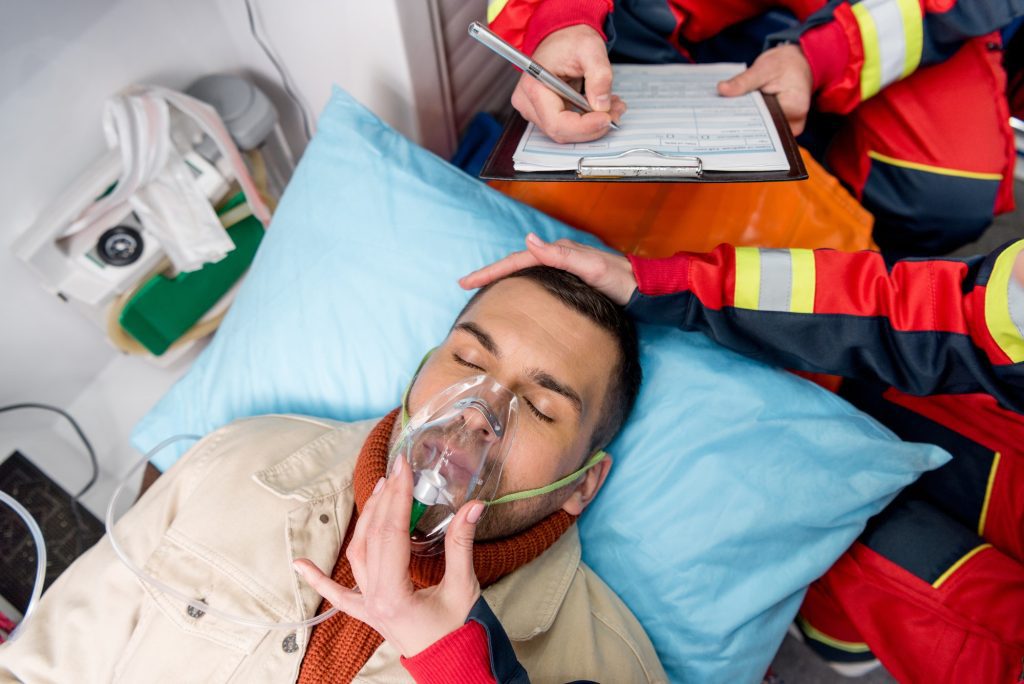
The importance of early response in basic life support nursing cannot be overemphasized. When a patient is in cardiac arrest, the first few minutes are critical and can make the difference between life and death. Early response refers to the immediate action taken by healthcare providers when they encounter a patient who requires resuscitation. This action includes calling for help, performing cardiopulmonary resuscitation (CPR), and using an automated external defibrillator (AED) if necessary.
Early response is important because it increases the chances of survival for patients in cardiac arrest. Studies have shown that every minute without CPR decreases the chance of survival by 10%. Therefore, quick action is crucial to improving outcomes for patients. The American Heart Association recommends that healthcare providers respond within two minutes of recognizing a cardiac arrest to provide high-quality CPR and defibrillation if necessary.
In addition to increasing survival rates, early response also reduces the risk of brain damage caused by lack of oxygen. Brain damage can occur within four to six minutes after cardiac arrest, which highlights the urgency of early intervention. By starting CPR immediately, healthcare providers can help maintain blood flow and oxygenation to vital organs until advanced care arrives.

Furthermore, early response also helps prevent complications associated with prolonged lack of oxygen such as hypoxic-ischemic encephalopathy (HIE). HIE occurs when there is a reduction in blood flow or oxygen delivery to the brain resulting from prolonged hypoxia or ischemia. This condition can lead to permanent neurological damage or even death. Early response plays an essential role in basic life support nursing as it increases survival rates and reduces complications associated with prolonged lack of oxygen during cardiac arrest. Healthcare providers must recognize signs of cardiac arrest promptly and take immediate action through high-quality CPR and defibrillation if necessary. It is crucial for all healthcare professionals involved in emergency care to be trained in basic life support techniques as part of their professional development. By doing so, they can provide optimal care to patients and improve outcomes in the event of a cardiac arrest
